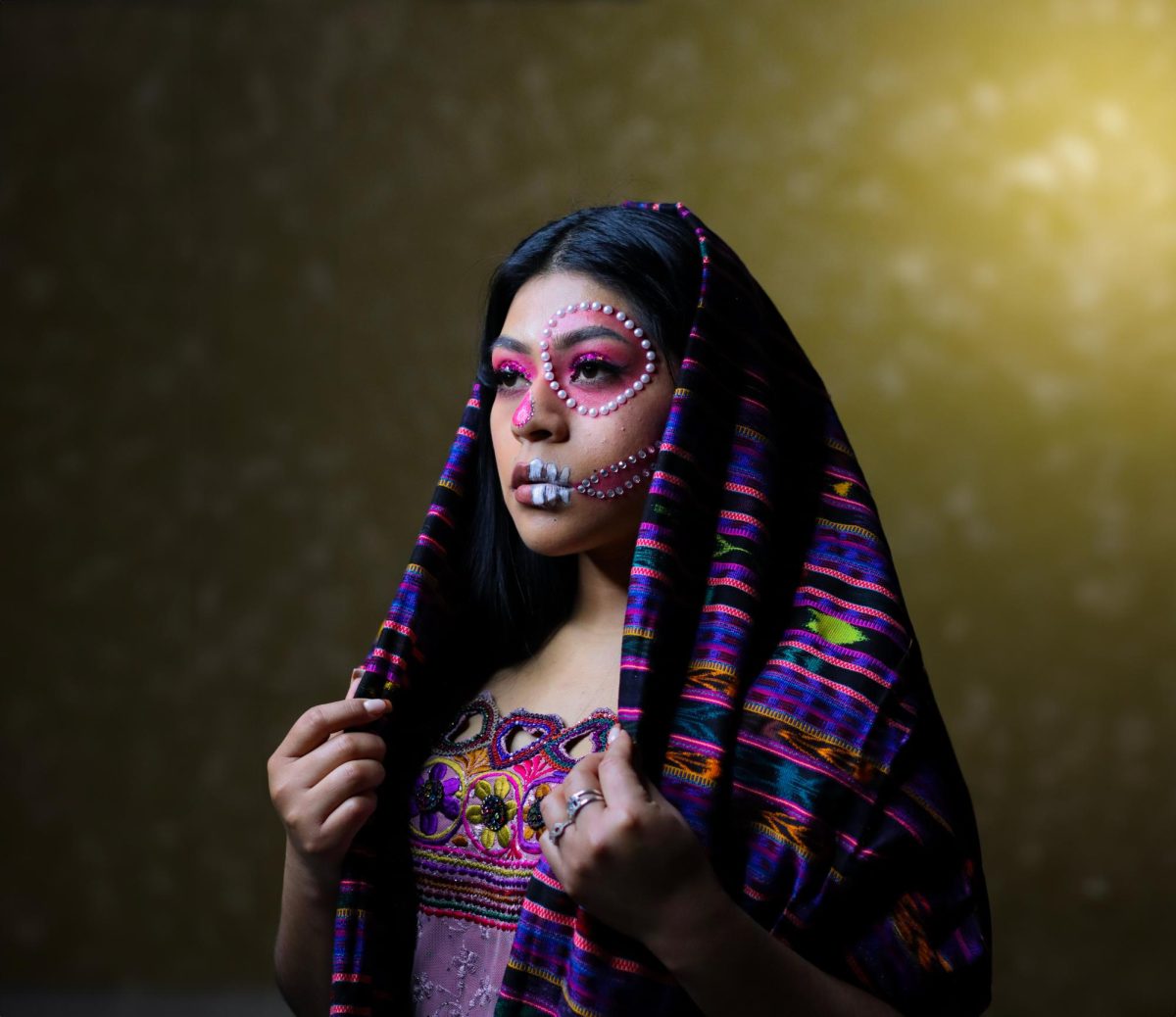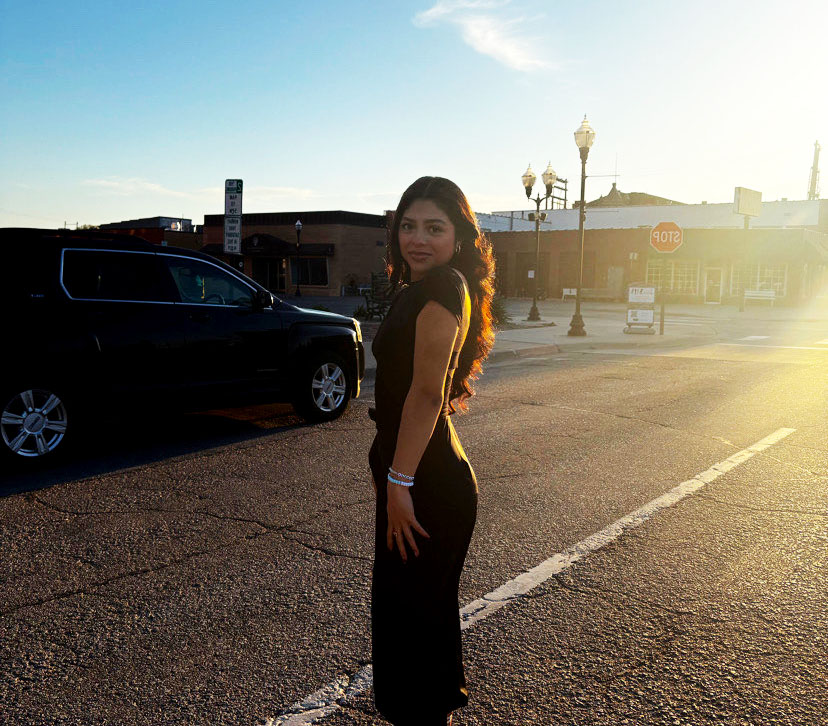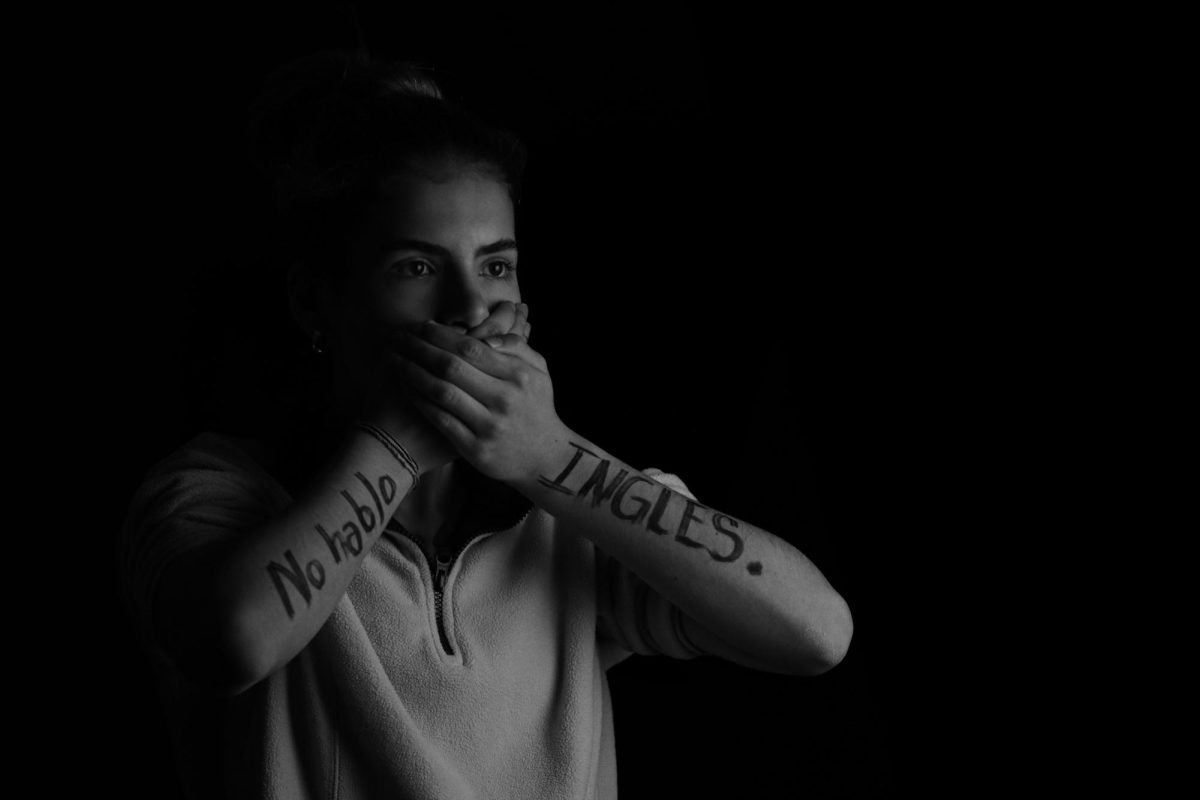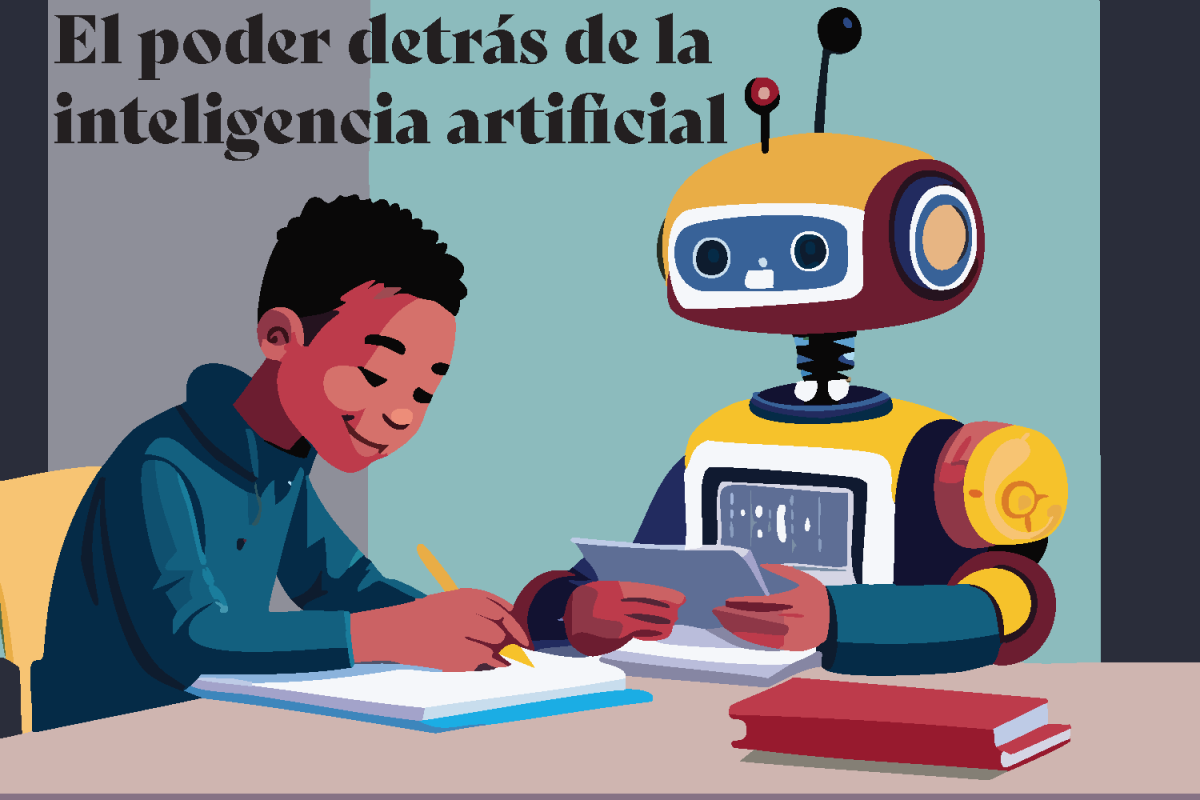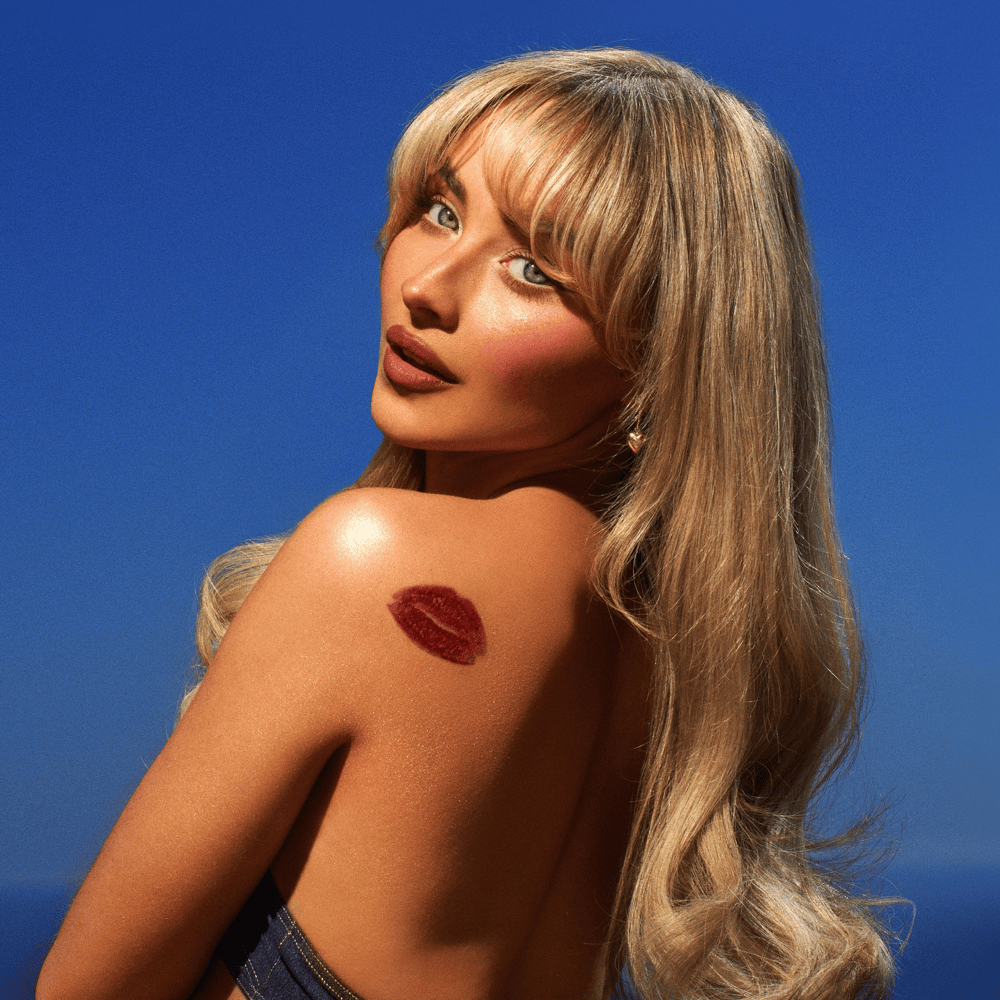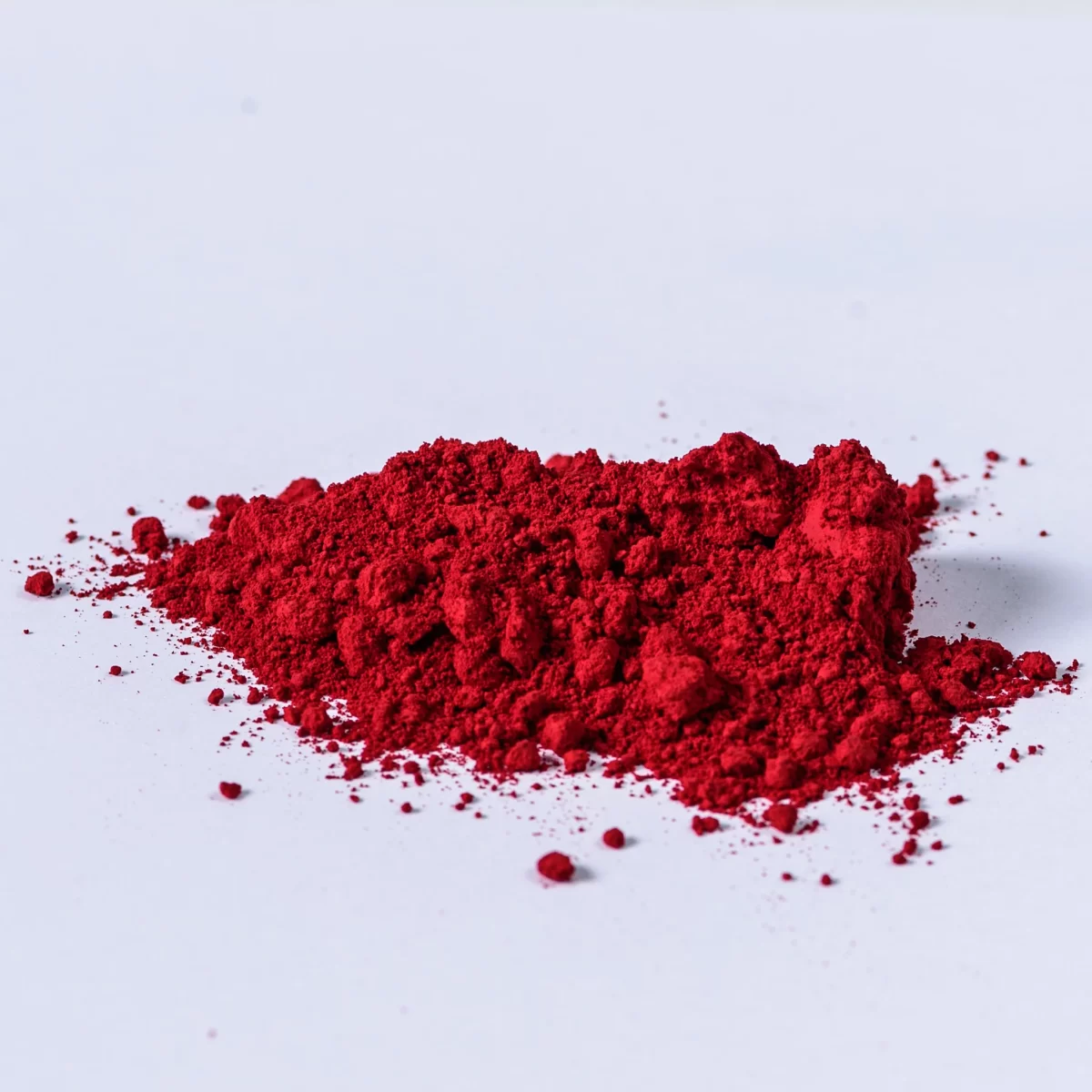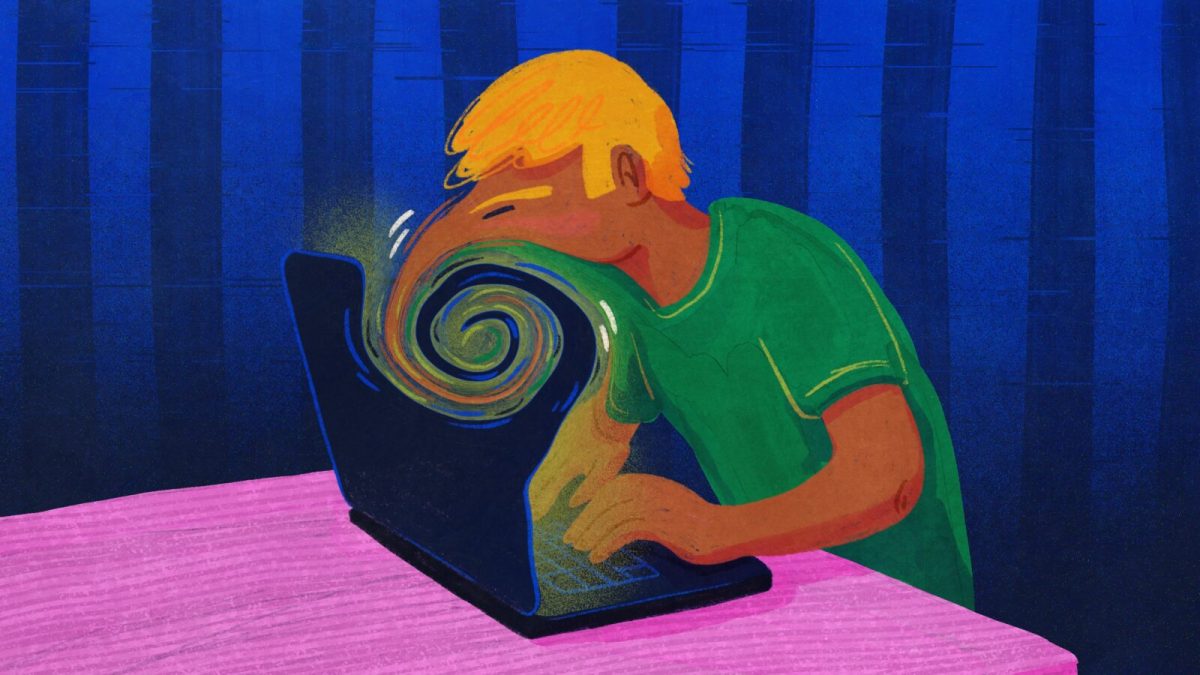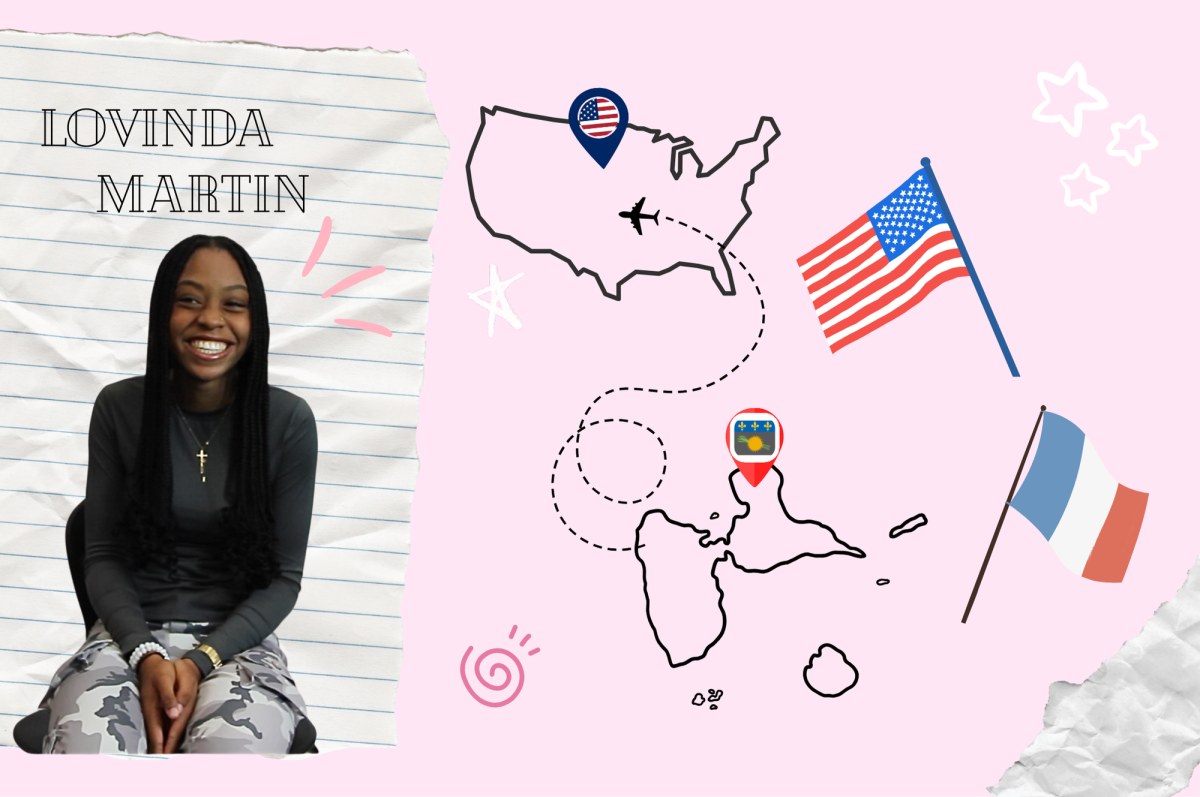Artificial dyes are added to make food more appealing and eye-catching. Consumers tend to base what they choose to eat on how appetizing the food looks and not the health benefits the food has.
In fact, according to FDA.gov, “Color additives are important components of many products, making them attractive, appealing, appetizing, and informative.” Color additives can be informative by telling people what flavor a food is. For example, the color purple usually represents the flavor grape and the color yellow is usually associated with lemon.
Concerns about the safety of artificial dyes varies. Many studies do not find significant evidence to prove the harms. Artificial dyes have not been proven to cause cancer, but research has proven they can cause hyperactivity in children. Benzidine, 4-aminobiphenyl and 4-aminoazobenzene are potential carcinogens found in food dyes. These three substances are permitted to be used in low levels in Red 40, Yellow 5 and Yellow 6. Most artificial dyes are created with petroleum, a type of oil. All of these chemicals are used in artificial dyes because they help provide a longer shelf life.
Americans are subjected to numerous unhealthy ingredients in their food compared to other countries. Red 40 is restricted in the United Kingdom and Switzerland. China, Canada and parts of the European Union, have banned Potassium Bromate. Potassium Bromate is a carcinogen used to strengthen bread dough and help it rise. This substance has been connected to cancer, gastrointestinal illness, thyroid complications and kidney disease. California was the first state to restrict food additives, Potassium Bromate being one of them. In September 2023, California lawmakers issued a ban on four additives by 2027. One of the food dyes that was banned is red No. 3. Supporters of the ban push for the FDA to issue a nationwide ban.
NPR.com writes, “Back in 1990, the FDA halted the use of the red No. 3 in cosmetics and externally applied drugs, such as medicated ointments or lotions, based on a study that it can cause cancer in rats. But the FDA continued to allow the dye’s use in foods and has become ubiquitous in the U.S. food supply. Since then, multiple studies have linked consumption of synthetic dyes to behavioral issues in children, including hyperactivity.”
Over 3,000 products containing red No. 3 are listed on EWG.org, a nonprofit group that focuses on researching and promoting healthy lifestyles. Some of the most popular products containing Red No. 3 are: Peeps, Dubble Bubble chewing gum, Brach’s Candy Corn, Jelly Belly Candy and some Dole Fruit Packs. Yes, Dole Fruit Packs. Even packaged fruit can contain artificial dyes. Certain foods that should be considered healthy is filled with dyes to make it more appealing.
Babies and young children are affected by these artificial dyes. Fruit snacks, candy and sweet drinks grab the attention of kids. Artificial colors are included in the daily diet of most Americans. The hyperactivity that can be caused by the dyes, can have a negative effect on children in school. Students are not able to focus on their schoolwork and teachers struggle finding ways to control them. Parents should be cautious when choosing the foods they feed their children.
Even the most simple of baby foods can contain artificial dye. One of the ingredients in Mott’s Strawberry Applesauce is Red 40. Artificial dyes have been shown to have a negative effect on children by causing hyperactivity.
The article “What Additives are Bad for Baby Food?” states, “A common additive found in baby foods is artificial synthetic food colors or AFCs. These are mainly used to make baby foods look “prettier” and more colorful. However, processed foods quickly lose the nutrients and color found in the original, organic ingredients, so companies use AFCs to replace these colors. They are also used in many juices and beverages.”
Beverages ranging from juices and flavored milks to sodas and energy drinks, can all contain artificial dyes. Sodas such as Coke and Pepsi both contain carmel color. Hawaiian Punch “Fruit Juicy Red” and Yoo-Hoo Strawberry Drink have Red 40 listed under the ingredients. Mountain Dew Kickstart, an energy drink sold in Fremont High School, also contains Red 40.
With California and other countries issuing bans and warnings on certain dyes, it prompts the question of whether artificial dyes are worth it. Foods without dyes will taste the same no matter the brightness of the color. The sad truth is that food companies use synthetic dye because it is cheaper.
An article from 2014 on WPDH.com says “The whole world loves Kraft Macaroni and Cheese, however… The United States is the only country that uses a special recipe that includes yellow dye 5 and yellow dye 6 which may be dangerous to kids’ health. Other countries forbid the dyes, so Kraft uses natural beta carotene and paprika to create the same color. After this story went viral last year, Kraft has announced that they will be changing the recipe for some new versions of their Mac and Cheese, but the dye will remain for people who purchase the original recipe.”
This article listed four other food products widely consumed in the United States. Kraft removed artificial dyes from their Macaroni and Cheese in January 2016. There was a different recipe for Kraft Macaroni and Cheese for two years until it was changed.
Many times foods go viral for their special color. Most recently there was the chamoy pickle. Chamoy pickles are dill pickles soaked in a mixture of chamoy, sweet and sour candy powders and Tajin.
There are chamoy pickle kits available that have different spicy chips and candy to stuff the pickle with. It is less likely that the pickle kits would have gone as viral as they did if they were not artificially colored.
Processed foods contain more harmful ingredients other than artificial dyes, such as artificial sweeteners and preservatives. The FDA should regulate ingredients that make up Americans’ diets, and until then parents should be more aware of what goes into their children’s foods.




